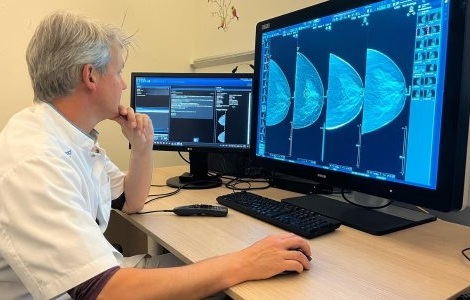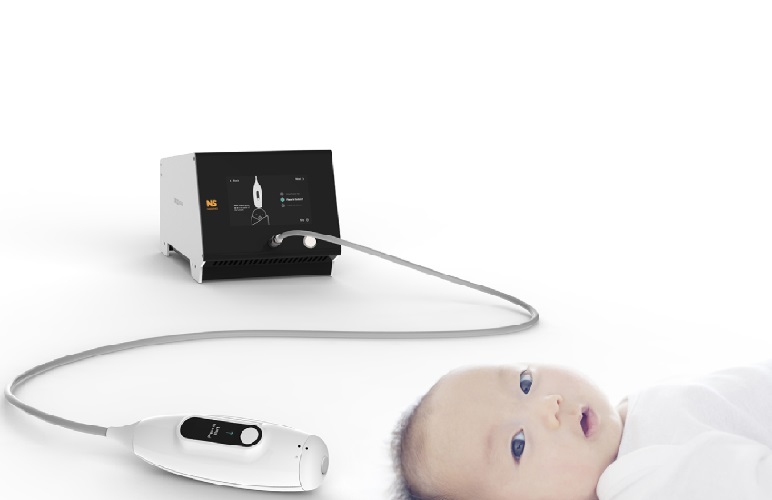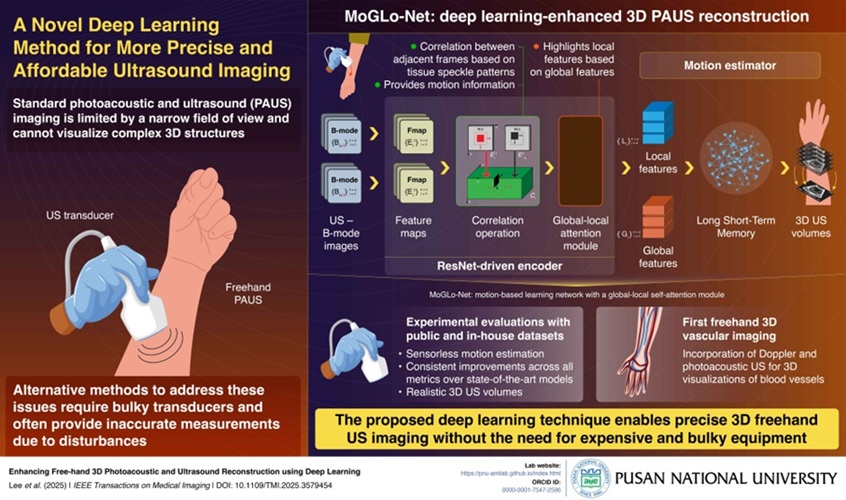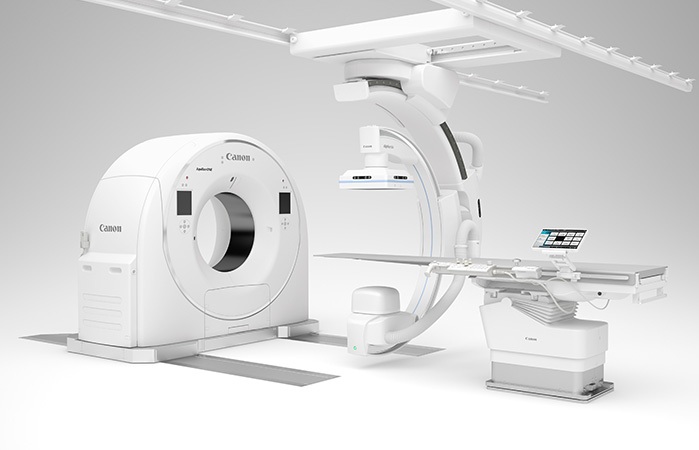Multi-Parametric Prostate MRI Underestimates Tumor Size
|
By MedImaging International staff writers Posted on 11 Feb 2021 |
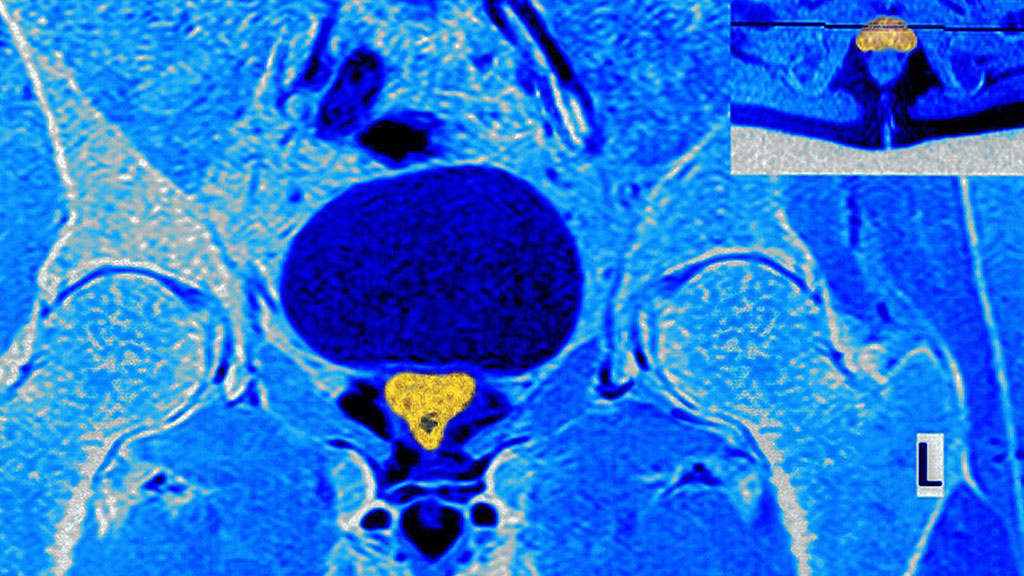
Image: mpMRI imaging measures prostate tumor size as smaller than true (Photo courtesy of Alamy)
A new study suggests that multi-parametric MRI (mpMRI) routinely measures radiologic tumor size (RTS) as smaller than actual pathologic tumor size (PTS).
Researchers at the David Geffen School of Medicine (Los Angeles, CA, USA) conducted a study involving in 441 consecutive patients with 461 prostate cancer lesions who were scheduled for radical prostatectomy. The aim of the study was to evaluate agreement between RTS (defined as maximum tumor diameter on mpMRI), and whole mount histopathology PTS. The disparity in size was assessed, and clinical, pathological, and radiographic predictors of pathological tumor size were examined.
The results showed that mean RTS (1.57cm) regularly underestimated mean PTS (2.37 cm), regardless of preoperative covariates, and the degree of underestimation increased with smaller RTS and lower PI-RADSv2 scores. PTS was also significantly larger for biopsy Gleason GG5 compared to GG1; PI-RADSv2 5 lesions compared to PI-RADSv2 4 lesions; and higher prostate specific antigen (PSA) density. The study was published in the February 2021 issue of Journal of Urology.
“Our study suggests that by relying on RTS alone we can only be sure of complete ablation of the mpMRI detected lesion if a large margin is used in the largest diameter, especially for tumors less than two cm,” concluded lead author Aydin Pooli, MD, and colleagues. “Smaller margins, although acceptable, will have a lower degree of certainty for complete ablation of the prostate lesion. Incorporating tracked biopsy around the mpMRI detected prostate lesion could help overcome the tumor characterization limitations.”
Multiparametric MRI refers to the multiple sequences required to make the diagnosis, consisting of both anatomic T1-weighted and T2-weighted MRI sequences, and functional sequences, such as diffusion-weighted imaging MRI and dynamic contrast-enhanced MRI. By combining different types of scans, a clearer picture of the scanned area becomes available. Injecting a contrast agent also helps to enhance the image.
Related Links:
David Geffen School of Medicine
Researchers at the David Geffen School of Medicine (Los Angeles, CA, USA) conducted a study involving in 441 consecutive patients with 461 prostate cancer lesions who were scheduled for radical prostatectomy. The aim of the study was to evaluate agreement between RTS (defined as maximum tumor diameter on mpMRI), and whole mount histopathology PTS. The disparity in size was assessed, and clinical, pathological, and radiographic predictors of pathological tumor size were examined.
The results showed that mean RTS (1.57cm) regularly underestimated mean PTS (2.37 cm), regardless of preoperative covariates, and the degree of underestimation increased with smaller RTS and lower PI-RADSv2 scores. PTS was also significantly larger for biopsy Gleason GG5 compared to GG1; PI-RADSv2 5 lesions compared to PI-RADSv2 4 lesions; and higher prostate specific antigen (PSA) density. The study was published in the February 2021 issue of Journal of Urology.
“Our study suggests that by relying on RTS alone we can only be sure of complete ablation of the mpMRI detected lesion if a large margin is used in the largest diameter, especially for tumors less than two cm,” concluded lead author Aydin Pooli, MD, and colleagues. “Smaller margins, although acceptable, will have a lower degree of certainty for complete ablation of the prostate lesion. Incorporating tracked biopsy around the mpMRI detected prostate lesion could help overcome the tumor characterization limitations.”
Multiparametric MRI refers to the multiple sequences required to make the diagnosis, consisting of both anatomic T1-weighted and T2-weighted MRI sequences, and functional sequences, such as diffusion-weighted imaging MRI and dynamic contrast-enhanced MRI. By combining different types of scans, a clearer picture of the scanned area becomes available. Injecting a contrast agent also helps to enhance the image.
Related Links:
David Geffen School of Medicine
Latest MRI News
- AI-Assisted Model Enhances MRI Heart Scans
- AI Model Outperforms Doctors at Identifying Patients Most At-Risk of Cardiac Arrest
- New MRI Technique Reveals Hidden Heart Issues
- Shorter MRI Exam Effectively Detects Cancer in Dense Breasts
- MRI to Replace Painful Spinal Tap for Faster MS Diagnosis
- MRI Scans Can Identify Cardiovascular Disease Ten Years in Advance
- Simple Brain Scan Diagnoses Parkinson's Disease Years Before It Becomes Untreatable
- Cutting-Edge MRI Technology to Revolutionize Diagnosis of Common Heart Problem
- New MRI Technique Reveals True Heart Age to Prevent Attacks and Strokes
- AI Tool Predicts Relapse of Pediatric Brain Cancer from Brain MRI Scans
- AI Tool Tracks Effectiveness of Multiple Sclerosis Treatments Using Brain MRI Scans
- Ultra-Powerful MRI Scans Enable Life-Changing Surgery in Treatment-Resistant Epileptic Patients
- AI-Powered MRI Technology Improves Parkinson’s Diagnoses
- Biparametric MRI Combined with AI Enhances Detection of Clinically Significant Prostate Cancer
- First-Of-Its-Kind AI-Driven Brain Imaging Platform to Better Guide Stroke Treatment Options
- New Model Improves Comparison of MRIs Taken at Different Institutions
Channels
Radiography
view channel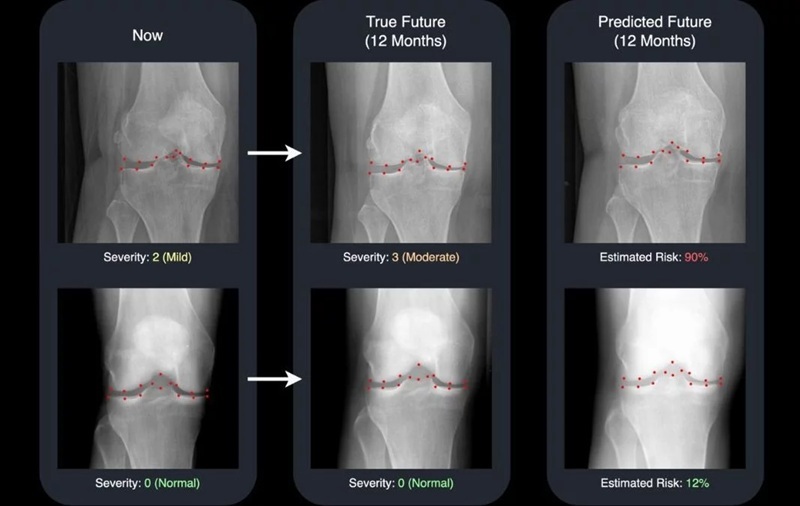
AI Generates Future Knee X-Rays to Predict Osteoarthritis Progression Risk
Osteoarthritis, a degenerative joint disease affecting over 500 million people worldwide, is the leading cause of disability among older adults. Current diagnostic tools allow doctors to assess damage... Read more
AI Algorithm Uses Mammograms to Accurately Predict Cardiovascular Risk in Women
Cardiovascular disease remains the leading cause of death in women worldwide, responsible for about nine million deaths annually. Despite this burden, symptoms and risk factors are often under-recognized... Read moreUltrasound
view channel
Ultrasound Probe Images Entire Organ in 4D
Disorders of blood microcirculation can have devastating effects, contributing to heart failure, kidney failure, and chronic diseases. However, existing imaging technologies cannot visualize the full network... Read more
Disposable Ultrasound Patch Performs Better Than Existing Devices
Wearable ultrasound devices are widely used in diagnostics, rehabilitation monitoring, and telemedicine, yet most existing models rely on lead-based piezoelectric ceramics that pose health and environmental risks.... Read moreNuclear Medicine
view channel
New Imaging Solution Improves Survival for Patients with Recurring Prostate Cancer
Detecting recurrent prostate cancer remains one of the most difficult challenges in oncology, as standard imaging methods such as bone scans and CT scans often fail to accurately locate small or early-stage tumors.... Read more
PET Tracer Enables Same-Day Imaging of Triple-Negative Breast and Urothelial Cancers
Triple-negative breast cancer (TNBC) and urothelial bladder carcinoma (UBC) are aggressive cancers often diagnosed at advanced stages, leaving limited time for effective treatment decisions.... Read more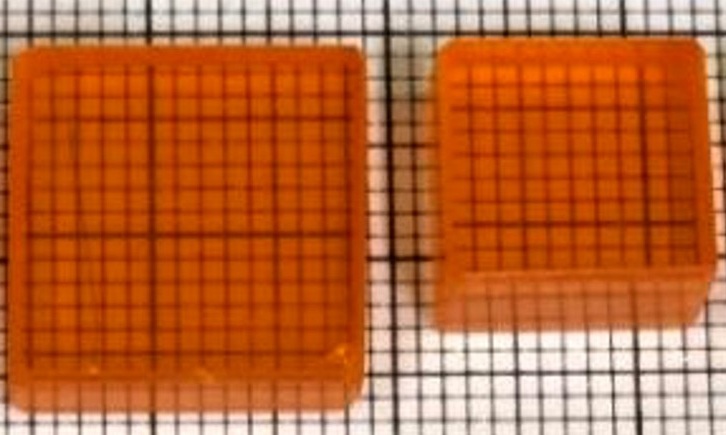
New Camera Sees Inside Human Body for Enhanced Scanning and Diagnosis
Nuclear medicine scans like single-photon emission computed tomography (SPECT) allow doctors to observe heart function, track blood flow, and detect hidden diseases. However, current detectors are either... Read more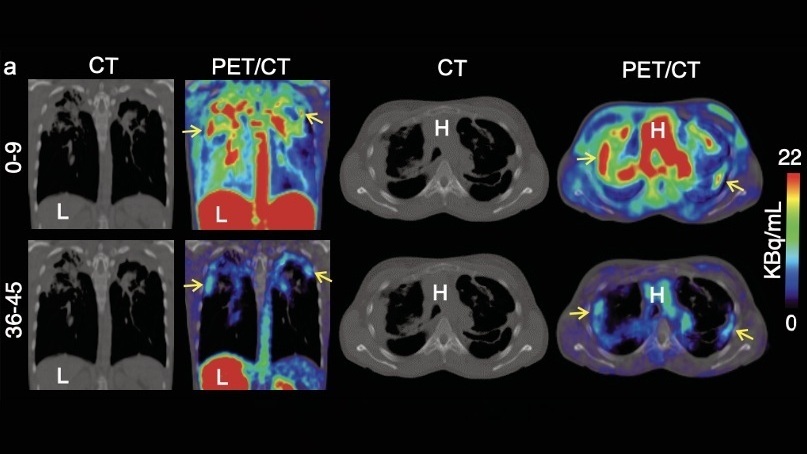
Novel Bacteria-Specific PET Imaging Approach Detects Hard-To-Diagnose Lung Infections
Mycobacteroides abscessus is a rapidly growing mycobacteria that primarily affects immunocompromised patients and those with underlying lung diseases, such as cystic fibrosis or chronic obstructive pulmonary... Read moreGeneral/Advanced Imaging
view channel
New Ultrasmall, Light-Sensitive Nanoparticles Could Serve as Contrast Agents
Medical imaging technologies face ongoing challenges in capturing accurate, detailed views of internal processes, especially in conditions like cancer, where tracking disease development and treatment... Read more
AI Algorithm Accurately Predicts Pancreatic Cancer Metastasis Using Routine CT Images
In pancreatic cancer, detecting whether the disease has spread to other organs is critical for determining whether surgery is appropriate. If metastasis is present, surgery is not recommended, yet current... Read moreImaging IT
view channel
New Google Cloud Medical Imaging Suite Makes Imaging Healthcare Data More Accessible
Medical imaging is a critical tool used to diagnose patients, and there are billions of medical images scanned globally each year. Imaging data accounts for about 90% of all healthcare data1 and, until... Read more
Global AI in Medical Diagnostics Market to Be Driven by Demand for Image Recognition in Radiology
The global artificial intelligence (AI) in medical diagnostics market is expanding with early disease detection being one of its key applications and image recognition becoming a compelling consumer proposition... Read moreIndustry News
view channel
GE HealthCare and NVIDIA Collaboration to Reimagine Diagnostic Imaging
GE HealthCare (Chicago, IL, USA) has entered into a collaboration with NVIDIA (Santa Clara, CA, USA), expanding the existing relationship between the two companies to focus on pioneering innovation in... Read more
Patient-Specific 3D-Printed Phantoms Transform CT Imaging
New research has highlighted how anatomically precise, patient-specific 3D-printed phantoms are proving to be scalable, cost-effective, and efficient tools in the development of new CT scan algorithms... Read more
Siemens and Sectra Collaborate on Enhancing Radiology Workflows
Siemens Healthineers (Forchheim, Germany) and Sectra (Linköping, Sweden) have entered into a collaboration aimed at enhancing radiologists' diagnostic capabilities and, in turn, improving patient care... Read more




 Guided Devices.jpg)







